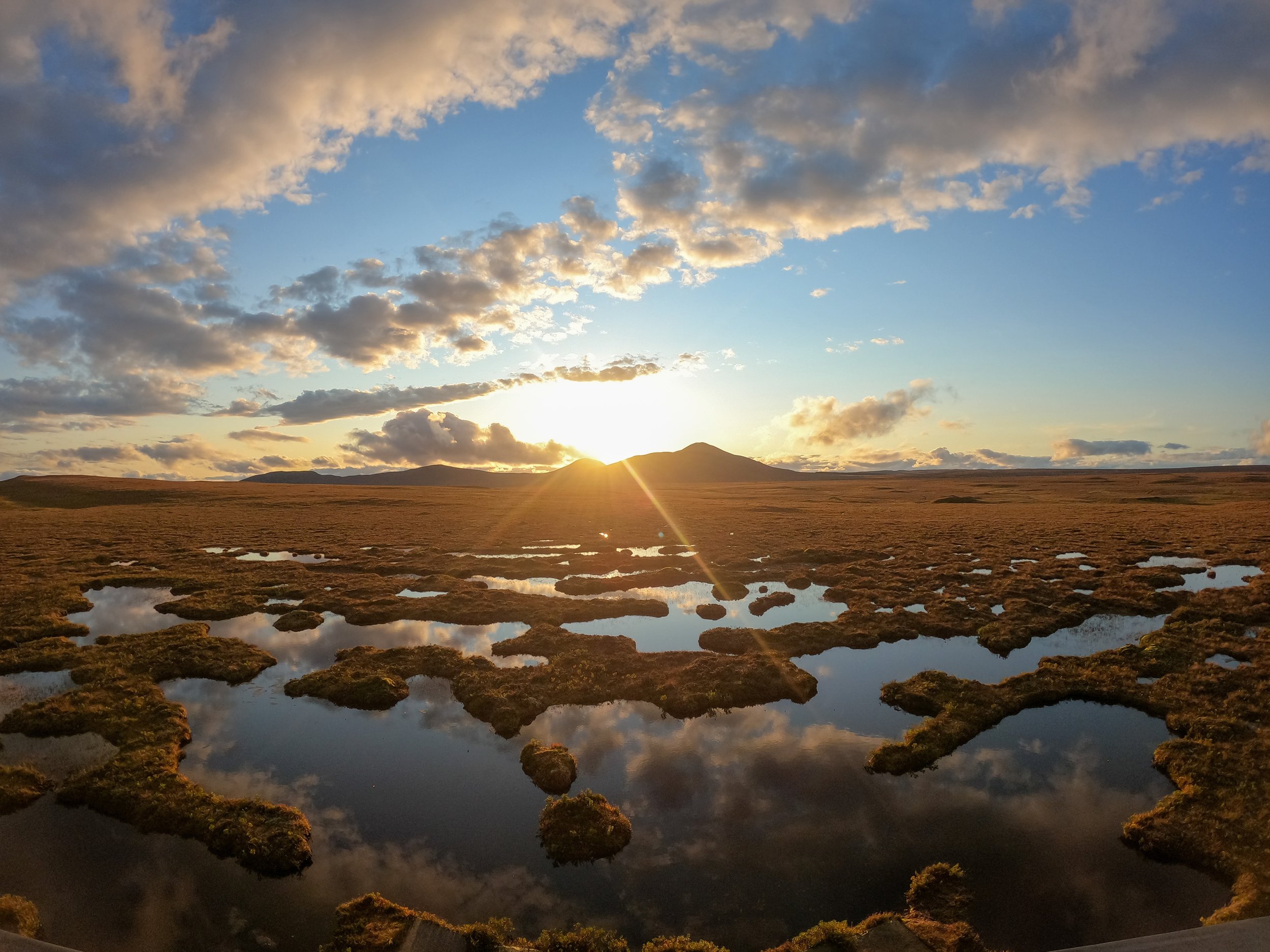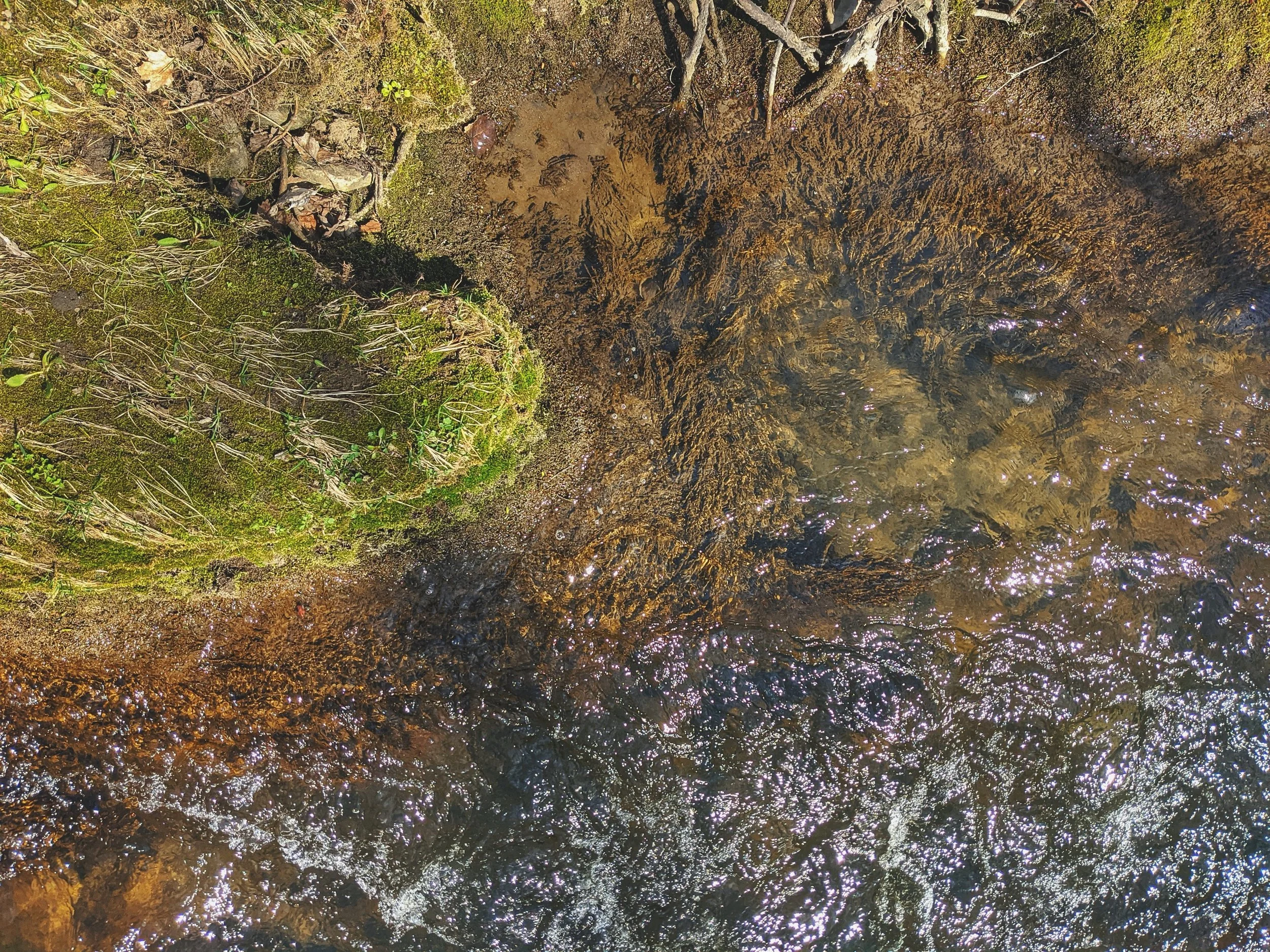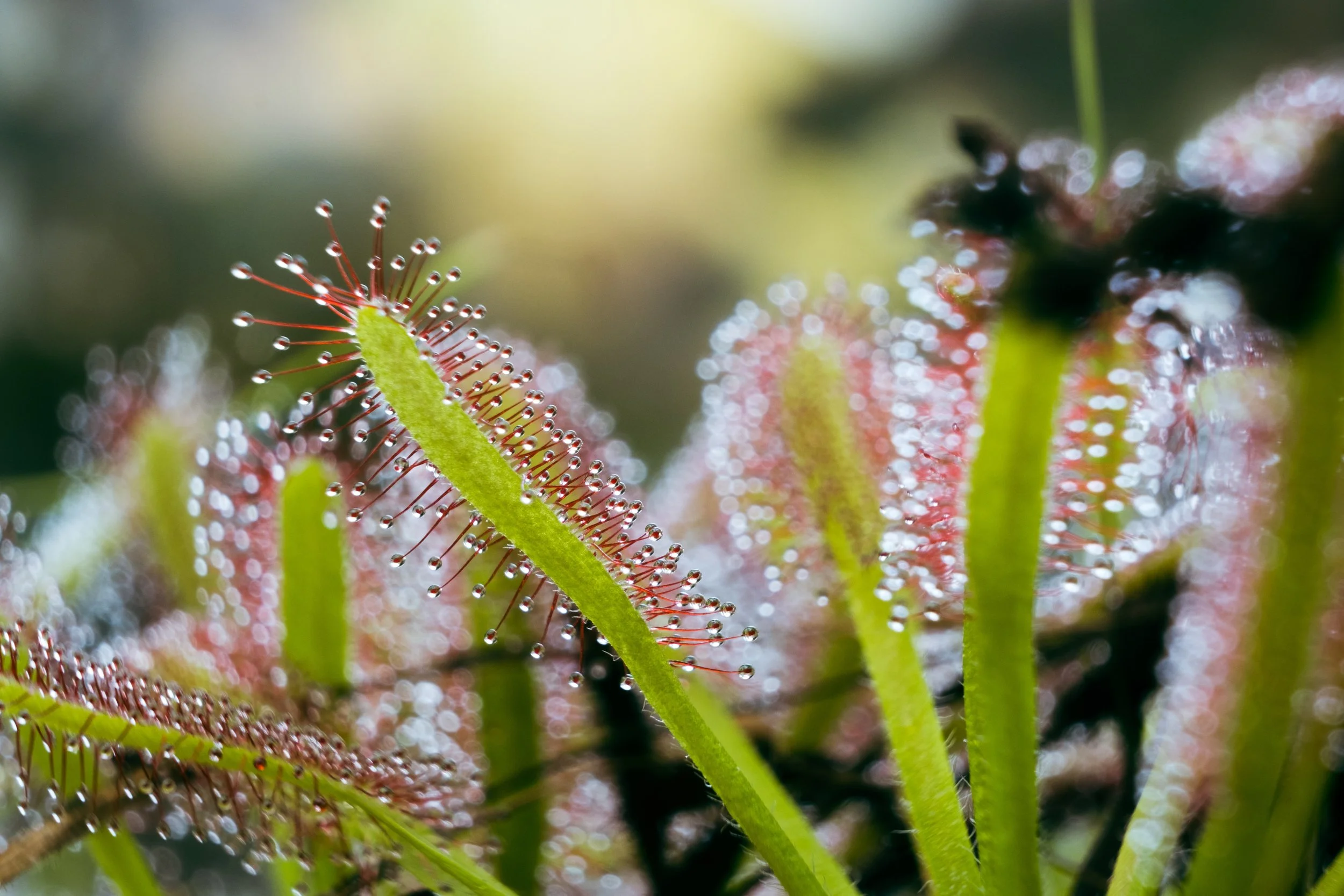
Peat-Free Gardening:
Sustainable Alternatives for a Healthier Garden
If you make only one gardening goal this year, make it this one:
I will go peat-free!
If you are new to gardening or, frankly, if you are a North American gardener, you may be wondering: what? and why? Peat-free gardening has been debated and legislated in the EU and in the UK, but it rarely pops up in gardening conversation in the US – and it is about time that we catch up. So, let's dive in… Here's why you should go peat-free in your garden ASAP.
What is peat?
Peat is a naturally occurring material of decomposed plant matter, typically found in bogs. Peat bogs are wetlands where delicate plants have decomposed over thousands of years. Because this particular decomposition process is anaerobic (does not use oxygen), it is slow, taking 1000 years to form one meter of peat.
Since the 1960's, and the advent of industrialized gardening and farming, peat has been used in the gardening industry for its water-retention and aeration qualities. Over the last 60 years, the industry has become dependent on and relentlessly marketed peat as the perfect growing medium for plants and for growing crops, too.
Why should I avoid using peat in gardening?
Peat extraction is harmful to the environment as it destroys delicate ecosystems, contributes to carbon emissions, and takes thousands of years to regenerate. Peat bogs are enormous carbon sinks, and when peat is extracted, that carbon which has been stored in the bog is released into the atmosphere. Additionally, the function of the bog is disrupted, so not only is that carbon released, but it now can't sequester any more.
And we have to ask ourselves as gardeners: are we willing to sacrifice a delicate ecosystem for our potted begonias?
Harvesting peat destroys entire ecosystems built on small ferns and water plants, carnivorous plants, insects, mammals, birds – an entire living world that is disrupted for our own gardens.
And those delicate ecosystems take millennia to regenerate. This isn't a quick fix. It's whole-scale desolation.
Additionally, disrupting bogs has other implications. Bogs, like marshes and other wetlands, are critical in flood mitigation. And as extreme weather patterns increase with climate change, bogs, marshes, and wetlands are ever more important in preventing flooding and maintaining healthy rivers and streams. Not to mention: they are home to countless species of birds, amphibians, insects, and other animals – many of which exist nowhere else.
Unless you are actually growing peatland plants, that peat in your soil mixture isn't a native product anyway. Your plants don't depend on peat to survive. There are other alternatives – none of which are perfect, but most of which are better than peat.
FAQs
-
Growing peat-free is a better choice for gardeners for so many reasons!
Support your local economy: Peat-free products often use sustainable, locally sourced materials, reducing the environmental impact of the product overall. Rather than shipping materials long distances, buying locally-sourced solutions can be a better choice. And peat is not a local product for most North Americans. Most of the peat in North America comes from Canada.
Environmental sustainability: you aren't contributing to the depletion of peat bogs and the increased carbon emissions from peat extraction. A very good thing! This makes your garden more sustainable overall.
Improved soil health: Some peat-free alternatives can enrich your soil with organic matter, improving its structure and biodiversity.
-
Replacing peat in a potting mix is not a 1:1 ratio. Peat is very different from the alternatives, so if you are making your own soil mixes, you may need to do some experimentation.
Coconut coir: Made from coconut husks, it’s lightweight, retains moisture well, and improves soil aeration. Coco coir is a waste-product of the coconut and coconut milk markets, and in my experience it is the closest to peat in performance.
Compost: Well-rotted compost provides essential nutrients and improves soil structure. It is not a complete replacement for peat as it can compact easily. It needs to be mixed with other improvements.
Wood fibers (wood chips or bark): These are often used in potting mixes and for mulch.
Well-composted manure: Offers rich nutrients for plants and improves soil texture.
Wool: Sometimes used as a soil conditioner and mulch alternative, especially for moisture retention.
Paper-based products: there are some alternatives that are made from paper waste which are particularly moisture-retentive.
However, there are also some commercially-available options which will help take the guesswork out of peat-free gardening if you don't usually make your own compost.
Here are a few options:
PittMoss: paper-based mixes; especially good for dry climates!
Back to the Roots: several different mixes for different plant types
Fox Farms: not all of their blends are peat-free, but there are a few including Coco Loco
Near Source Organics: I found these at my local big box store! Locally-produced and peat-free, too.
There are also other options. If you are in an area where the cannabis industry is active (and legal), you'll have a bigger selection, too. Check with your local hydroponic gardening store. The cannabis industry is largely peat-free, because peat often contains lead which can leach into your plants. Their products are tested for lead, so they have moved away from peat almost entirely.
-
Yes, peat-free potting mixes can be just as effective when selected properly. Look for products with good organic matter content, and ensure they contain sufficient nutrients and proper drainage. Some peat-free potting mixes are blended with additives like perlite or vermiculite to help with aeration and moisture retention.
-
Peat-free gardening can require a little extra care, as peat-based products can be better at retaining moisture that some substitutes. With peat-free options, you may need to monitor water levels more carefully or choose a mix that has been specifically designed for your plant's needs. Check out PittMoss which has excellent water retentive properties.
Honestly, though, I don't see much of a difference in my own garden. I might have to water young plants a little more often, but once they are established, it's all the same. And I'm in a very dry climate, so you may not see much of a difference at all.
-
Peat-free products are increasingly available at garden centers, online retailers, and eco-friendly gardening stores. Look for labels or certifications such as "peat-free" and be sure to check the list of ingredients. Anything listing peat moss or sphagnum moss is NOT peat-free.
And if you struggle to find peat-free options at your local garden centers, ask the staff to start to carry them! Give them a list of specific products you would like to buy!
-
Yes! I have several recipes which use readily-available ingredients to create potting mixes for different uses. Check them out here.
-
Intentionally choose peat-free products for all your gardening needs, including compost, mulch, and soil amendments.
Share this post with others! Educate fellow gardeners about the environmental benefits of peat-free gardening.
Recycle garden waste to create your own compost or soil blends.
Peat-Free Gardening Guide
This FAQ can serve as a guide to help you transition to more eco-friendly gardening practices while maintaining healthy, thriving plants!
I have a full Peat-Free Gardening Guide including my favorite peat-free soil mix recipes.



